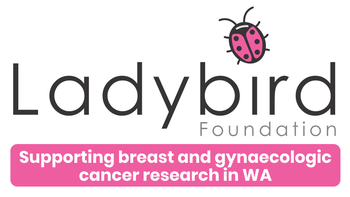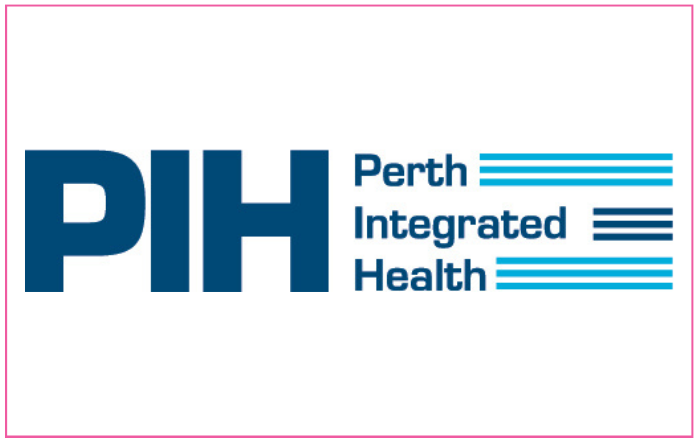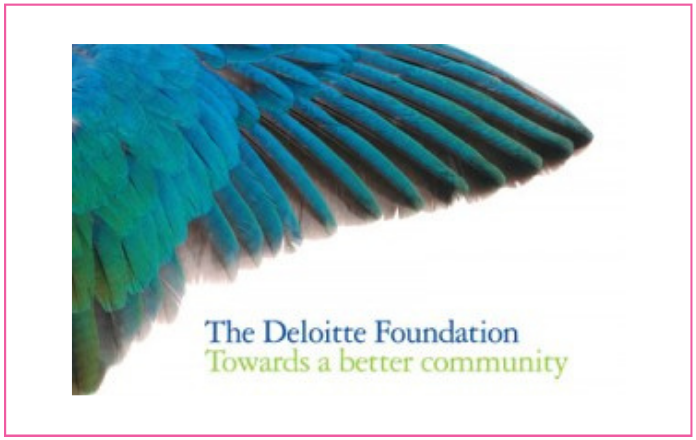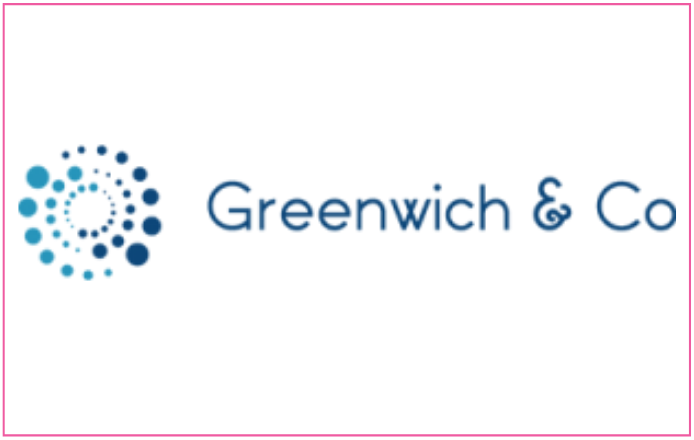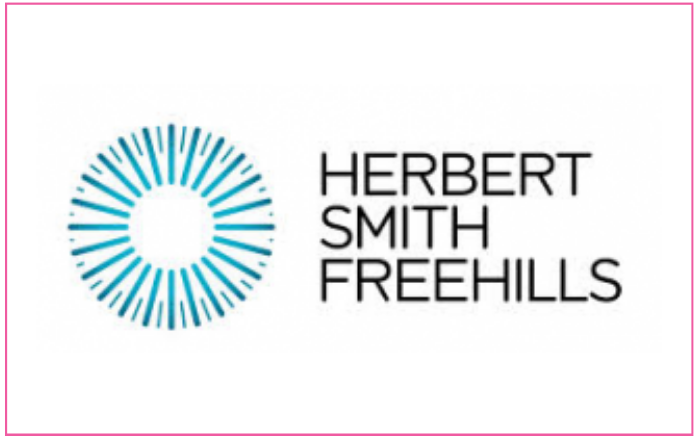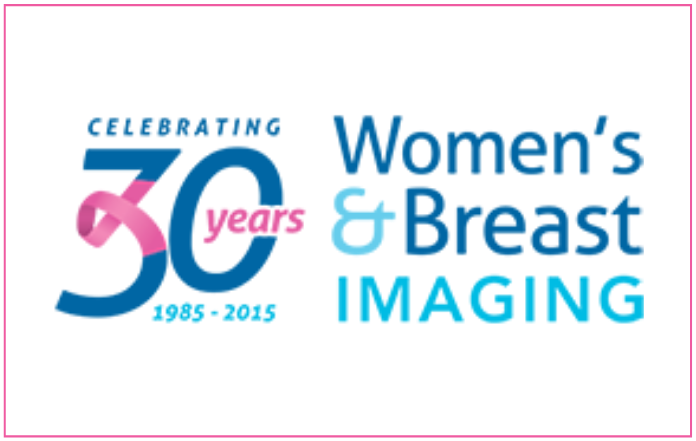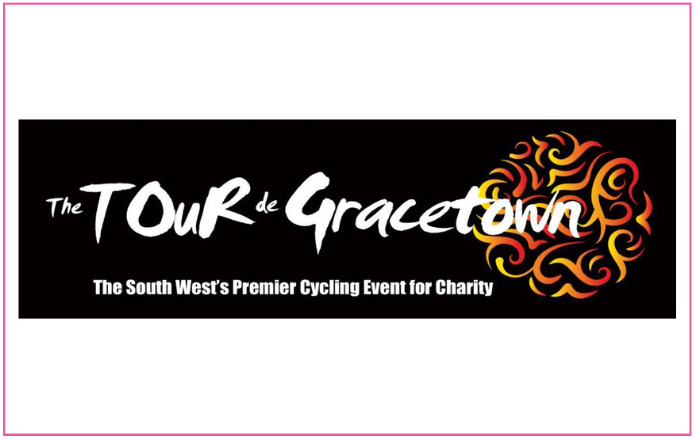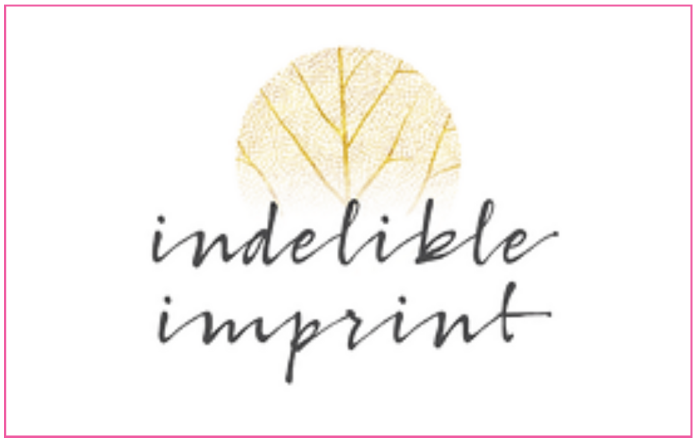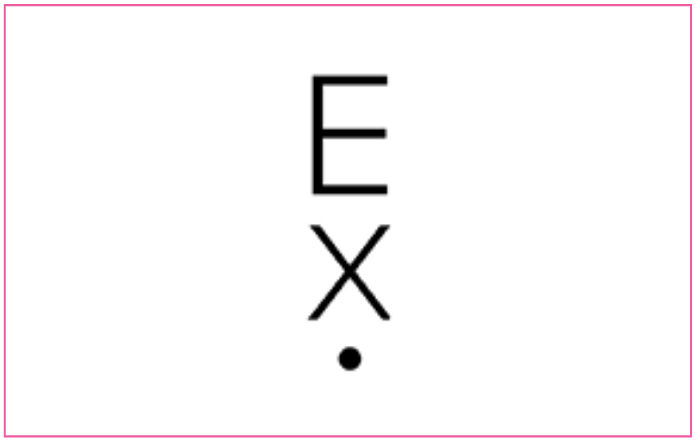Our Cancer Research Projects
The Ladybird Foundation aims to fill an identified gap in funding of excellent breast and gynaecologic cancer research in Western Australia. Research is essential to provide evidence that new treatments are safe, effective and have the potential to improve treatment outcomes for patients. Funds raised by the Foundation are granted directly into the relevant research project.
|
|
ROLLIS Trial SEE DETAILS |
ctDNA Pilot Study SEE DETAILS |
|
Measuring Malnutrition Rates (MMR) Pilot Study A gynaecological cancer pilot study. |
A Clinical Trial to Reduce the Impact of Vaginal Atrophy in Breast Cancer Survivors A breast cancer crossover trial. |
GETTING THE MOST OUT OF OVARIAN CANCER FOLLOW-UP STUDY
Summary:
Chief Principal Investigator: Clinical Associate Professor Paul Cohen
Study Objectives:
- A single arm observational study of three-monthly nurse-led telephone follow-up, including monitoring serum CA125 and patient-reported outcomes using the MOST (Measuring of Ovarian Symptoms and Treatment concerns) questionnaire, following completion of first-line chemotherapy in patients with epithelial ovarian cancer.
Chief Principal Investigator: Clinical Associate Professor Paul Cohen
Study Objectives:
- This single-arm observational pilot study is investigating the feasibility of a novel approach to the follow-up of women with ovarian cancer after completion of surgery and chemotherapy. It will also inform the design of a subsequent randomized controlled trial to investigate whether this intervention is associated with improved health-related quality of life.
- A systematic review published in 2012 by Cancer Australia concluded that due to a lack of high-quality evidence, it is unclear which method of detection of recurrence is most effective. The review noted that new models of care, such as nurse-led telephone follow-up, had not been compared to other follow-up models, and no relevant evidence has emerged since.
- The aims of follow-up of women with ovarian cancer are to manage psychosocial symptoms including fear of recurrence and psychological distress, and late effects of treatment, and to detect disease recurrence. However, there is no evidence to support the current model of clinic-based follow-up of women following chemotherapy for ovarian cancer, or how well the symptoms are treated.
- Routine follow-up for women diagnosed with ovarian cancer after their first-line treatment currently comprises three-monthly clinic visits, serum CA125, and a history and physical examination by a doctor. On average the consultation takes fifteen minutes and a different doctor may see patients at each visit, including specialists-in-training, which can lead to a lack of continuity of care and patient dissatisfaction.
- Many patients, particularly those living in rural and remote locations and the elderly, may find it difficult and costly to travel to their hospital clinic appointments at tertiary centres. For many rural and remote patients, travelling to tertiary centres for their follow-up involves considerable cost in terms of time and transport that may require air travel and overnight stays. For example, for a patient living in Broome, Western Australia, this may cost up to $6,000 a year.
- Funding has been achieved to conduct this study collaboratively across Australia via the Medical Research Future Fund; part-funding from a National Health and Medical Research Council Ovarian Cancer Program Grant; and The Ladybird Foundation will assist with specific Western Australian components of the study.
ROLLIS Trial
Radioguided Occult Lesion Localization using Iodine 125 Seeds
This large multi-centre breast cancer randomized clinical trial of 688 women is now completed. It has paved the way for wireless localization of impalpable breast cancer lesions and improved the experience for women undergoing breast-conserving surgery in Australia.
Re-excision rates after breast-conserving surgery were significantly lower after Iodine-125 seed localization compared with hookwire localization.
Reporting on the primary and secondary outcomes of the ROLLIS trial has finished, with the publication of 6 papers in peer reviewed journals; a fantastic achievement that wouldn’t have been possible without the support of The Ladybird Foundation.
The Ladybird Foundation successfully met the challenge of raising vital funds for completion of the ROLLIS trial, enabling it to continue to enrol Western Australian women as participants.
What is the ROLLIS Trial?
Re-excision causes significant anxiety and distress to a woman at a critical phase in her cancer journey, as well as being a consequent burden on health resources. The ROLLIS randomized clinical trial provided the high-quality evidence required to confirm if ROLLIS is the better technique.
Researchers
The ROLLIS trail was investigator-led by WA clinician researchers:
More Information
Participants were randomly assigned to one of two techniques:
Read more about Researchers here.
Re-excision rates after breast-conserving surgery were significantly lower after Iodine-125 seed localization compared with hookwire localization.
Reporting on the primary and secondary outcomes of the ROLLIS trial has finished, with the publication of 6 papers in peer reviewed journals; a fantastic achievement that wouldn’t have been possible without the support of The Ladybird Foundation.
The Ladybird Foundation successfully met the challenge of raising vital funds for completion of the ROLLIS trial, enabling it to continue to enrol Western Australian women as participants.
What is the ROLLIS Trial?
- Purpose:
- Technique:
- Rationale:
Re-excision causes significant anxiety and distress to a woman at a critical phase in her cancer journey, as well as being a consequent burden on health resources. The ROLLIS randomized clinical trial provided the high-quality evidence required to confirm if ROLLIS is the better technique.
Researchers
The ROLLIS trail was investigator-led by WA clinician researchers:
- Professor Christobel Saunders (Breast Surgeon)
- Dr Donna Taylor (Radiologist)
- Dr Anita Bourke (Radiologist)
More Information
- Trial details:
Participants were randomly assigned to one of two techniques:
- The ROLLIS procedure, followed by breast-conserving surgery within 8 days. This involves the surgeon using the seed to guide removal of the impalpable cancer.
- Hookwire guided localization (the standard treatment). A hookwire is placed in the breast on the day of breast-conserving surgery by a radiologist.
- Outcomes:
Read more about Researchers here.
ctDNA PILOT STUDY
Circulating Tumour DNA Pilot Study
The Ladybird Foundation has granted funding to enable completion of thispilot study into the feasibility of using circulating tumour DNA (ctDNA) as abiomarker of disease status and treatment response in breast cancer patients.
What is the ctDNA Pilot Study?
Aims:
This is highly significant as the minimal invasiveness of blood tests would mean disease could be monitored more closely in breast cancer patients and result in more accurate disease management.
Methods:
This study uses two new cutting-edge technologies:
Using these techniques, the study will ascertain whether the level of ctDNA and patient specific mutations decreases when the tumour shrinks after chemotherapy.
Potential Benefits:
If liquid biopsies are proven feasible, they would benefit cancer patients because they are less painful, less invasive, and less costly than taking a traditional tumour biopsy. Therefore, they could be taken regularly to monitor disease, to quickly detect treatment failure and adjust treatment regimens accordingly.
The blood samples could be collected locally in any pathology laboratory collection centre across Australia, reducing the time and travel burden on patients, particularly benefitting those from rural and remote locations.
What is the ctDNA Pilot Study?
- This project aims to identify a patient’s tumour-specific biomarkers in theircore biopsy and determine whether detection of these personal biomarkers in blood samples taken prior to, during and following neoadjuvant therapy could be used to as a blood test to monitor disease status and response to treatment.
- New research has demonstrated that simple blood tests could dramatically change the way cancers are diagnosed, treated, and monitored. Such blood tests, known as “liquid biopsies”, detect DNA from cancer cells which escape from the main tumour and circulate in the blood stream. This circulating tumour DNA (ctDNA) can provide useful information about the cancer to treating doctors. Such information can help tailor treatment to the individual, indicate how a patient’s breast cancer is responding to treatment and if it has relapsed.
Aims:
- To prove the feasibility of a breast cancer “liquid biopsy” as a pathology blood test to be provided by PathWest, the Western Australian Health Department’s public pathology testing provider.
- To investigate whether the levels of ctDNA and patient specific mutations correlate with severity of disease and/or are indicative of response to treatment.
This is highly significant as the minimal invasiveness of blood tests would mean disease could be monitored more closely in breast cancer patients and result in more accurate disease management.
Methods:
This study uses two new cutting-edge technologies:
- Next generation sequencing (NGS) to find unique markers in tissue biopsies from individual patient breast cancers.
- Digital droplet PCR (ddPCR) to look for the same marker(s) in the patient’s blood samples.
Using these techniques, the study will ascertain whether the level of ctDNA and patient specific mutations decreases when the tumour shrinks after chemotherapy.
Potential Benefits:
If liquid biopsies are proven feasible, they would benefit cancer patients because they are less painful, less invasive, and less costly than taking a traditional tumour biopsy. Therefore, they could be taken regularly to monitor disease, to quickly detect treatment failure and adjust treatment regimens accordingly.
The blood samples could be collected locally in any pathology laboratory collection centre across Australia, reducing the time and travel burden on patients, particularly benefitting those from rural and remote locations.
